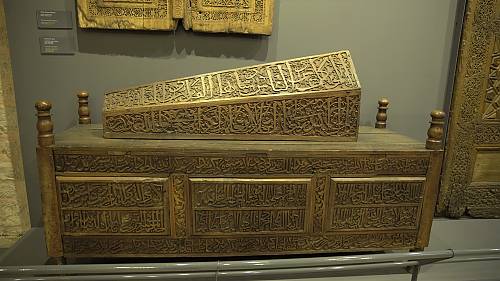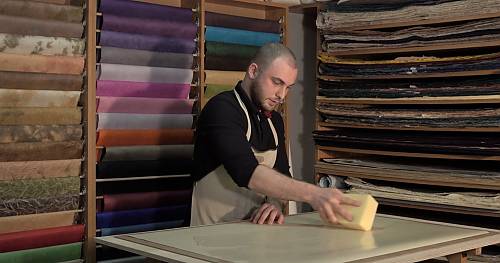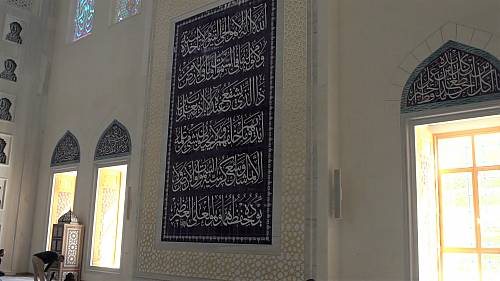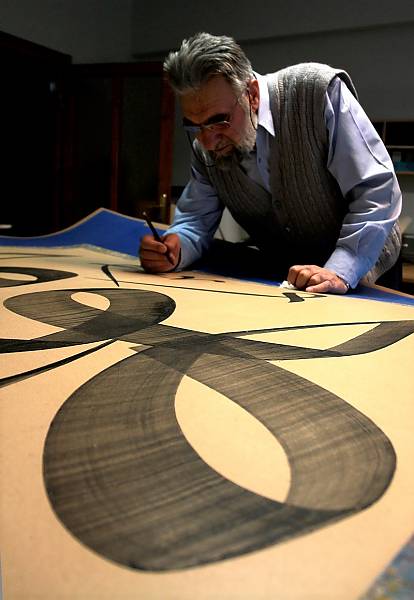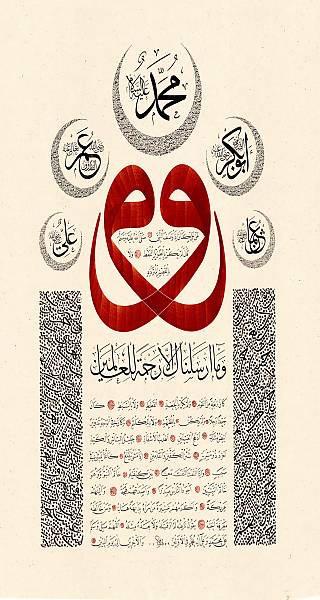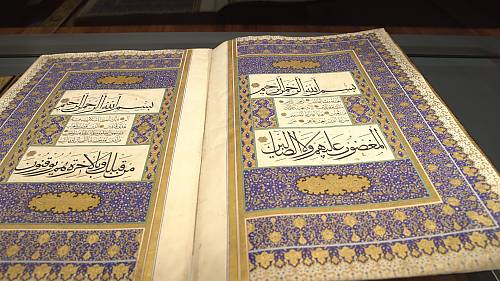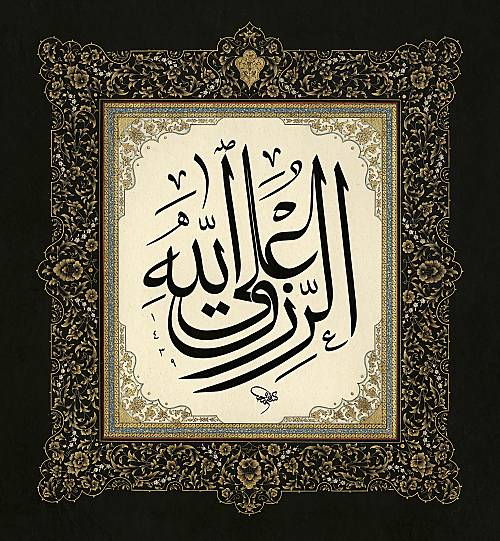Hüsn-i Hat, traditional calligraphy in Islamic art in Turkey
Inscribed in 2021 (16.COM) on the Representative List of the Intangible Cultural Heritage of Humanity

The Hüsn-i hat is the centuries-old practice of writing letters of Arabic origin in a measured and proportional manner while taking into consideration certain aesthetic values. Traditional tools include a specific type of paper glazed with organic substances, a reed pen, pen knives, a special slab for trimming the reed pen, an inkwell, soot ink and a pen case. Many calligraphers, or hattats, make their own tools, and they play an important role in the transmission of the Hüsn-i hat tradition, passing on their knowledge, craft skills and values through apprenticeships. The Hüsn-i hat can be written on paper or leather. It may also be applied on stone, marble, glass and wood, among others. There are many different styles of Hüsn-i hat, and the practice was traditionally used to write the Koran, hadiths (statements of the Prophet Muhammad) and poetry, as well as for State correspondence, such as imperial edicts and warrants, and on religious and public buildings. In Islam, Hüsn-i hat is seen as a means not only of writing ideas, but of depicting them visually. To this day, Hüsn-i hat is still used in sacred and literary works and on mosques, Turkish baths and temples.
